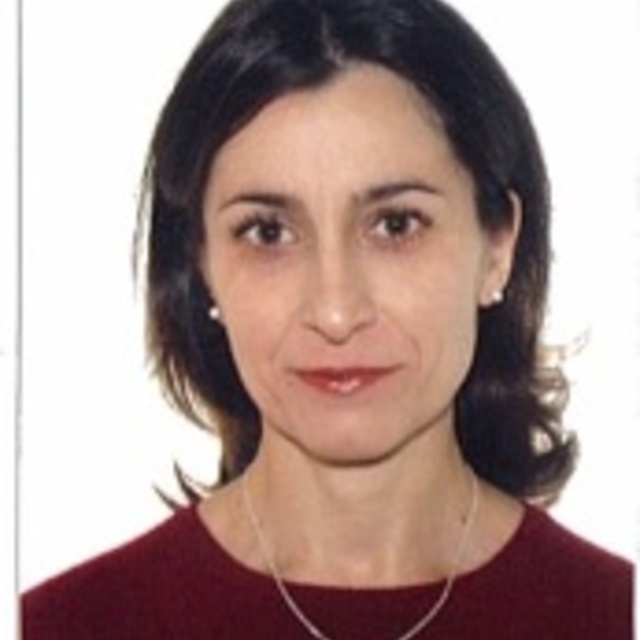July
2010
•
2010A&A...518L.100M
Authors
•
Molinari, S.
•
Swinyard, B.
•
Bally, J.
•
Barlow, M.
•
Bernard, J. -P.
•
Martin, P.
•
Moore, T.
•
Noriega-Crespo, A.
•
Plume, R.
•
Testi, L.
•
Zavagno, A.
•
Abergel, A.
•
Ali, B.
•
Anderson, L.
•
André, P.
•
Baluteau, J. -P.
•
Battersby, C.
•
Beltrán, M. T.
•
Benedettini, M.
•
Billot, N.
•
Blommaert, J.
•
Bontemps, S.
•
Boulanger, F.
•
Brand, J.
•
Brunt, C.
•
Burton, M.
•
Calzoletti, L.
•
Carey, S.
•
Caselli, P.
•
Cesaroni, R.
•
Cernicharo, J.
•
Chakrabarti, S.
•
Chrysostomou, A.
•
Cohen, M.
•
Compiegne, M.
•
de Bernardis, P.
•
de Gasperis, G.
•
di Giorgio, A. M.
•
Elia, D.
•
Faustini, F.
•
Flagey, N.
•
Fukui, Y.
•
Fuller, G. A.
•
Ganga, K.
•
Garcia-Lario, P.
•
Glenn, J.
•
Goldsmith, P. F.
•
Griffin, M.
•
Hoare, M.
•
Huang, M.
•
Ikhenaode, D.
•
Joblin, C.
•
Joncas, G.
•
Juvela, M.
•
Kirk, J. M.
•
Lagache, G.
•
Li, J. Z.
•
Lim, T. L.
•
Lord, S. D.
•
Marengo, M.
•
Marshall, D. J.
•
Masi, S.
•
Massi, F.
•
Matsuura, M.
•
Minier, V.
•
Miville-Deschênes, M. -A.
•
Montier, L. A.
•
Morgan, L.
•
Motte, F.
•
Mottram, J. C.
•
Müller, T. G.
•
Natoli, P.
•
Neves, J.
•
Olmi, L.
•
Paladini, R.
•
Paradis, D.
•
Parsons, H.
•
Peretto, N.
•
Pestalozzi, M.
•
Pezzuto, S.
•
Piacentini, F.
•
Piazzo, L.
•
Polychroni, D.
•
Pomarès, M.
•
Popescu, C. C.
•
Reach, W. T.
•
Ristorcelli, I.
•
Robitaille, J. -F.
•
Robitaille, T.
•
Rodón, J. A.
•
Roy, A.
•
Royer, P.
•
Russeil, D.
•
Saraceno, P.
•
Sauvage, M.
•
Schilke, P.
•
Schisano, E.
•
Schneider, N.
•
Schuller, F.
•
Schulz, B.
•
Sibthorpe, B.
•
Smith, H. A.
•
Smith, M. D.
•
Spinoglio, L.
•
Stamatellos, D.
•
Strafella, F.
•
Stringfellow, G. S.
•
Sturm, E.
•
Taylor, R.
•
Thompson, M. A.
•
Traficante, A.
•
Tuffs, R. J.
•
Umana, G.
•
Valenziano, L.
•
Vavrek, R.
•
Veneziani, M.
•
Viti, S.
•
Waelkens, C.
•
Ward-Thompson, D.
•
White, G.
•
Wilcock, L. A.
•
Wyrowski, F.
•
Yorke, H. W.
•
Zhang, Q.
Abstract
•
We present the first results from the science demonstration phase for the Hi-GAL survey, the Herschel key program that will map the inner Galactic plane of the Milky Way in 5 bands. We outline our data reduction strategy and present some science highlights on the two observed 2° × 2° tiles approximately centered at l = 30° and l = 59°. The two regions are extremely rich in intense and highly structured extended emission which shows a widespread organization in filaments. Source SEDs can be built for hundreds of objects in the two fields, and physical parameters can be extracted, for a good fraction of them where the distance could be estimated. The compact sources (which we will call cores' in the following) are found for the most part to be associated with the filaments, and the relationship to the local beam-averaged column density of the filament itself shows that a core seems to appear when a threshold around AV ~ 1 is exceeded for the regions in the l = 59° field; a AV value between 5 and 10 is found for the l = 30° field, likely due to the relatively higher distances of the sources. This outlines an exciting scenario where diffuse clouds first collapse into filaments, which later fragment to cores where the column density has reached a critical level. In spite of core L/M ratios being well in excess of a few for many sources, we find core surface densities between 0.03 and 0.5 g cm-2. Our results are in good agreement with recent MHD numerical simulations of filaments forming from large-scale converging flows.
Herschel is an ESA space observatory with science instruments provided by European-led Principal Investigator consortia and with important participation from NASA.
Links




